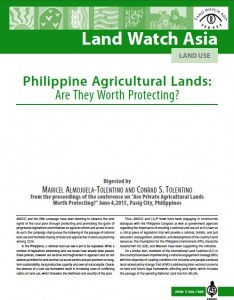Decision No. 142/QD-TTg approving the adjustment of the master plan on socio-economic development of Tien Giang province through 2020, with a vision toward 2030.
This Decision approves the adjustment of the master plan on socio-economic development of Tien Giang province through 2020, with a vision toward 2030, with the following principal contents: Tien Giang province's socio-economic development must be in line with the development orientations of the country, Mekong River delta and southern key economic region; and ensure the consistency and harmony with the regions' socio-economic development master plans and sectoral master plans in the overall relationship and linkage with provinces in an open economic space with foreign countries.







